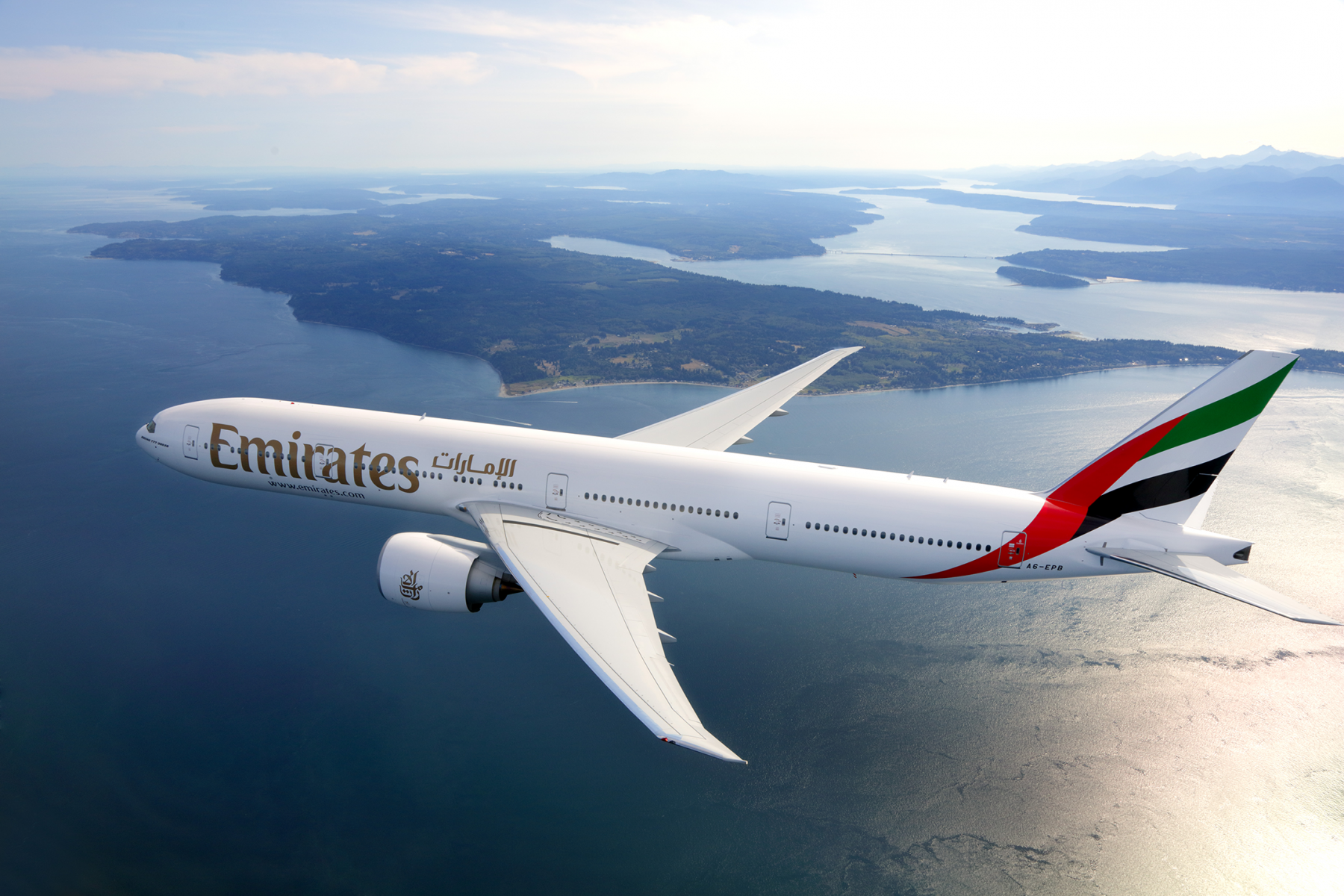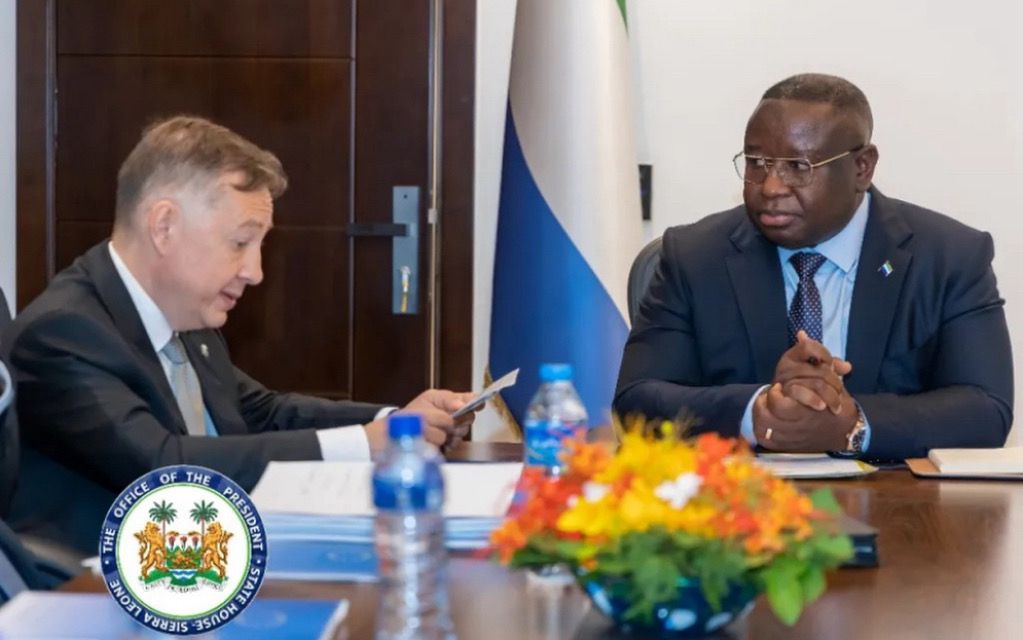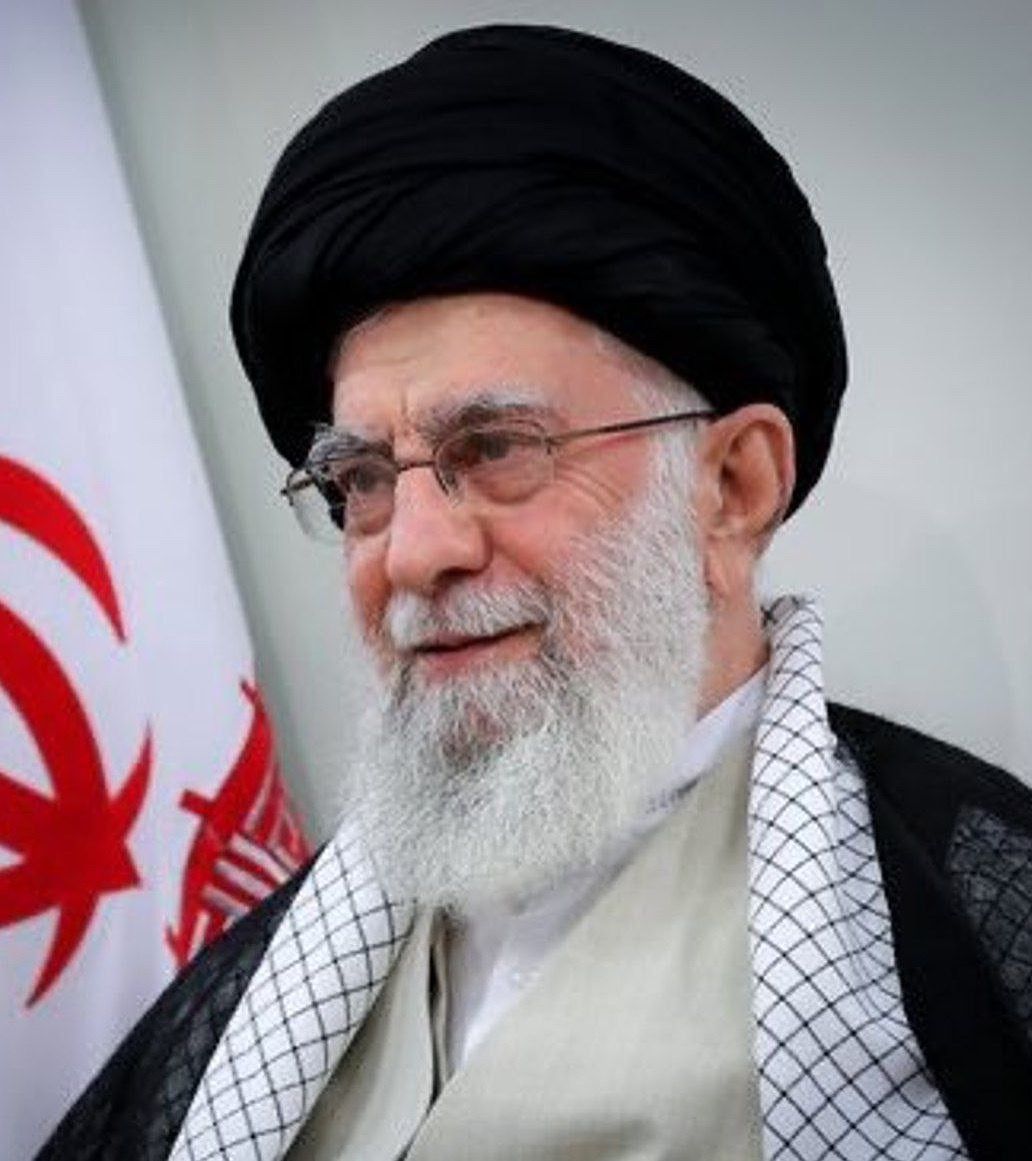Despite most African countries launching national airlines after independence to fly their new flags around the world, the continent is today desperately lacking in flights. Only Ethiopian Airways can realistically claim to connect Africa, in part by dragging everyone through Addis Ababa.
Now, though, Emirates, the United Arab Emirates (UAE) carrier, is making a play for Africa. The airline plans to add to its 22 routes, secure code-sharing agreements and bring millions of Africans through its Dubai hub.
Experts say the move reflects the wider foreign policy interests of the UAE, which has built up its footprint in Africa in recent years. Yet aviation analysts say that while Emirates represents a terrific option for the east-west traveller, it still lags far behind Ethiopian when it comes to north-south traffic. A huge network expansion would be required for the Gulf carrier to dominate intra-Africa aviation.
Dozens of African airlines – long central to national brands – were running at a loss even prior to the Covid-19 pandemic, which decimated the aviation industry. Many of those saddled with debts were forced to close or declare bankruptcy, including Air Namibia and South Africa’s Comair. South African Airways, a bastion of African air travel, ceased to operate internationally.
Most have yet to recover. African airlines are expected to record $4.1bn in losses this year amid rising fuel prices, which have eroded recent post-Covid gains, according to the African Airlines Association. The severe losses come even as African airline traffic has returned to 66% of pre-pandemic levels – the percentage for intra-African traffic is even higher at 74%. Most countries have eased travel restrictions in recent months.
Could Emirates connect Africa to the world?
With domestic airlines in trouble, Emirates is among several outsiders hoping to fill the void. In February, the Gulf airline reopened all of its African routes, citing a strong rebound in demand. The continent accounts for about 8% of Emirates’ 2021-22 revenues, Badr Abbas, Emirates senior vice-president in charge of Africa’s commercial operations, told the Africa Report website.
According to publicly available results released in May, that would amount to roughly $1.4bn. Executives note with pride that the Dubai hub opened while many countries were still closed. Today the airline flies directly to Lagos and Abuja, three South African destinations, Guinea, Uganda, Zimbabwe, Sudan, Kenya and many others.
With demand for flights between Dubai and African countries strengthening, Emirates says it plans to be the leading provider of connectivity between Africa and the rest of the world.

“The hub model requires lots of different passengers from lots of different places going to as many different places as you can,” says Charlton. “So it’s inevitable for Emirates, Etihad and Qatar to want to get into as many different countries as they can in Africa.”
African tourists have been attracted by Dubai’s simple visa processes, low-tax shopping and hotel deals, while countries in Europe and North America have continued to shut out Africans, due to visa challenges or coronavirus precautions. For ambitious young Kenyans, Dubai is increasingly seen as the place to be.
Meanwhile, African importers are among Emirates’ largest customer bases, with a rising number of African entrepreneurs travelling from to destinations in China, India, Japan and South Korea. The top such destination is Guangzhou, easily reached with Emirates, with its famous low-cost street markets bulging with clothing and electronics.
In the other direction, Chinese and Korean executives, many of them in the natural resources sector, are increasingly filling Emirates flights to African cities.
Finally, dnata, an airport services provider that is part of the Emirates group, is expanding its footprint in Africa with ground handling, cargo and flight catering services. The company, which made a profit of $30m in 2021-22, unlike Emirates which made a loss, recently penned a deal with the government of Zanzibar to oversee operations of its newly-built international terminal.
Intra-African connectivity poses problems
While Emirates’ African customer base has grown, connecting African countries with one another is another matter. Unless Emirates can beef up its intra-African offering, it will not challenge the dominance of Ethiopian Airlines, which serves 62 African cities. The Gulf airline has tried to invest directly in African countries, sighing deals with the national carriers of Senegal and Angola, but eventually scrapping them.
Code-sharing agreements are another option. Emirates has signed them with Royal Air Maroc, South Africa’s Airlink, Air Mauritius, FlySafair, Ghana’s African World Airlines and South African Airways.
“The purpose of a code-share is to make your network look bigger than it is,” says Charlton. “For Emirates it allows them to test markets and develop markets before they have to commit an aeroplane.” On the other hand, he says, code-sharing agreements let African carriers stay in the fight against Ethiopian.
One incentive to sign code-sharing agreements is Emirates’ oversized fleet, which is exclusively composed of A380s and Boeing 777s. Analysts say that while the large planes can give airlines a competitive edge over smaller rivals, because they can flood the market with affordable seats after covering their actual costs, oversized planes impact both the number of seats they have to sell and the airports that they can land at on a continent with often poor infrastructure.
Emirates has ordered 30 Boeing 787s and 50 Airbus A350s, which will allow it to serve more African destinations. They will not, however, be delivered until 2023 and with around 300 seats the aircraft are still oversized compared to the continent’s requirements.
Emirates is not the only outsider looking to shake up Africa’s aviation industry, however. Turkish today flies to 51 destinations in 33 African countries, 26 of them in sub-Saharan Africa, having undergone a massive network expansion in recent years. As recently as 2003, it only flew to North Africa.
“From South Africa outwards, everyone was flying Turkish Airlines. It was a game-changer,” Judi Nwokedi, chief operating officer of Tourvest, a Johannesburg-based tourism group and secretary general of the Black Business Council, which advocates for South African businesses, told African Business last year. “When Africans started travelling through Istanbul, they really fell in love with it.”
Charlton says Turkish has the strategic advantage of being able to deliver the left hand side of its network with very small aeroplanes, while being well-positioned geographically to supply Africa, Asia and North America. The airline also has a domestic market of 80m people, which the UAE and Qatar cannot nearly match.
An aviation rivalry between the UAE and Turkey reflects a broader political one on a continent whose political, economic and diplomatic significance is rising.
“In previous years, airlines were one of the two countries’ main tools of international projection. Branding diplomacy remains a crucial element in the foreign policy of both countries and Qatar,” Federico Donelli, a scholar at the University of Genoa focused on Turkish policy in Africa, tells African Business. “At its foundation is the idea of spreading the brand to Africa and the West and East.”
However, Donelli notes that Turkey and the UAE are less antagonistic than they were three years ago, with relations among regional powers now normalising. Ankara had a detente with Abu Dhabi and other Gulf states, including Saudi Arabia, last year.
UAE’s increasing engagement with Africa
The UAE has pursued close ties with African countries in recent years, placing the continent at the heart of a more robust foreign policy. Last year Dubai-based DP World announced a plan to invest more than $1bn in African infrastructure.
The country has built or bought ports in Eritrea, Djibouti, Somalia, Somaliland, Senegal and most recently Sudan, allowing the UAE to boost its market access and serve its geopolitical and security interests. It also had established a military footprint in recent years, opening a base in Eritrea, which has since closed, for deployments to war-torn Yemen.
Last year, the UAE became the fourth largest investor in Africa, after China, Europe and the US.
According to the data from the UAE’s Federal Competitiveness and Statistics Centre, the country’s non-oil exports to West Africa in the first nine months of 2021 stood at $22.2bn. It exported goods worth $4bn to Eastern and Southern Africa in that period. Over 1,600 new African member companies have registered with Dubai’s Chamber of Commerce since October 2021.
Take Nigeria, where Emirates flies direct to two cities. In 2019 the UAE exported $1.7bn to Nigeria, representing a 25% rise each year for a quarter-century. Nigeria sent $450m worth of goods to the UAE that year, an annualised increase of 41% over 25 years.
Donelli says the UAE now “wants to focus its efforts and investments mainly on the sea and commercial shipping.” While Gulf countries see airline routes as “part of a broad investment diversification agenda,” Turkish is on a specific mission to create “connections that facilitate the growth of ties between Turkish and African businesses”.
Still, with no sign of the UAE’s political ambitions in Africa waning, the mooted expansion of Emirates’ Africa network should continue in earnest. The airline was approached by African Business but did not comment.
“Which comes first, the chicken or the egg?” says Charlton. “Is it the airline that leads the charge or is it the state that leads the charge and once you start putting in roots, it seems obvious and inevitable that you put in an airline route.”








